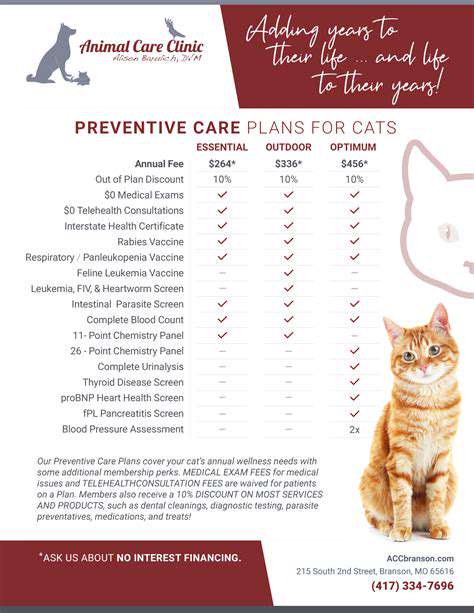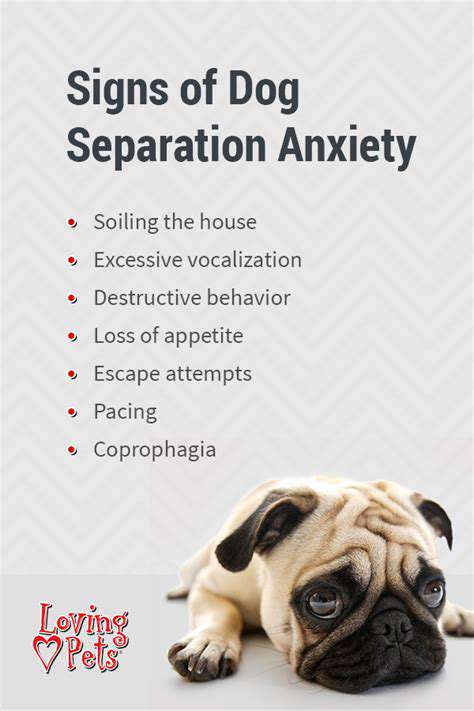How to Care for a Ferret
Essential Considerations for a Ferret Habitat
Selecting the perfect living space for your ferret isn't just about convenience - it's about creating a foundation for their physical and mental health. These energetic creatures require ample room to satisfy their natural curiosity and playful instincts. When evaluating potential enclosures, prioritize designs with bar spacing that prevents escapes while ensuring no risk of injury. Many owners overlook the importance of material quality; opt for durable, non-toxic surfaces that can withstand your ferret's active lifestyle.
Mental stimulation proves just as crucial as physical space. A rotating selection of interactive toys, tunnels, and climbing structures prevents boredom-induced behaviors. Consider incorporating items that challenge their problem-solving skills, like treat puzzles or hidden compartments. The habitat should evolve with your ferret's changing interests - what excites them today might need refreshing next month.
Creating a Safe and Stimulating Environment for Your Ferret
Your ferret's enclosure should serve as a sanctuary that balances safety with adventure. Every element requires careful vetting - from the bedding materials (avoid anything fibrous that could cause intestinal blockages if ingested) to the structural integrity of platforms and ramps. Include multiple hiding spots that mimic their natural burrowing instincts, using materials that retain warmth during naps.
Environmental diversity stimulates all their senses. Combine smooth plastic tubes with textured hammocks, hard platforms with plush sleeping areas. Temperature regulation often gets overlooked - maintain 60-70°F with proper ventilation to prevent respiratory issues. Weekly deep cleaning prevents odor buildup while allowing you to inspect all components for wear or potential hazards.
For personalized recommendations tailored to your ferret's unique personality and physical needs, consult an exotic pet specialist who understands ferret behavior and physiology.
Grooming Your Ferret: Keeping Them Clean and Healthy
Essential Bathing Practices
Over-bathing creates more problems than it solves by stripping essential skin oils. Limit full baths to once monthly unless dealing with specific messes. When washing, focus on problem areas like the paws and tail using a shallow basin rather than submersion. The right shampoo makes all the difference - pH-balanced ferret formulas clean without disrupting their delicate skin microbiome. Always have towels pre-warmed to prevent chilling after bath time.
Paw Care and Nail Trimming
Those tiny paws encounter countless surfaces daily. Weekly inspections catch debris before it causes problems - check between toes for litter particles or tangled fur. For nails, use guillotine-style trimmers and focus just on the sharp hook at each tip. If your ferret struggles, try wrapping them in a towel with one paw exposed at a time. Reward with salmon oil to create positive associations.
Dental Hygiene and Oral Care
While ferrets don't tolerate toothbrushing, their carnivorous diet helps naturally clean teeth. Annual veterinary dental checks prevent painful periodontal disease. Watch for signs like drooling or favoring one side when chewing. Some owners have success with enzymatic dental wipes for occasional cleaning between professional care.
Coat Maintenance and Fur Care
Their luxurious fur requires seasonal attention. During shedding periods, a rubber grooming glove removes loose hairs better than traditional brushes. Regular checks reveal early signs of skin conditions - look for excessive scratching or flaking. For spot cleaning between baths, unscented baby wipes work well on soiled areas without drying their skin.


Read more about How to Care for a Ferret
Hot Recommendations
- Review: [Specific Brand] Small Animal Cage
- Why Rescuing Pets Saves Lives
- Best Pet First Aid Kits [What to Include]
- How to Help Stray Animals in Your Community
- Guide to Adopting a Pet When You Have Kids
- Top Reptile Heat Lamps
- Heartwarming Rescue Stories That Will Inspire You
- Review: [Specific Brand] Bird Cage
- Best Aquarium Filters [2025 Review]
- Review: [Specific Brand] Smart Litter Box









![Review: The [Specific Brand] Smart Pet Feeder](/static/images/33/2025-05/ConnectivityandAppIntegration3AASeamlessExperience3F.jpg)

